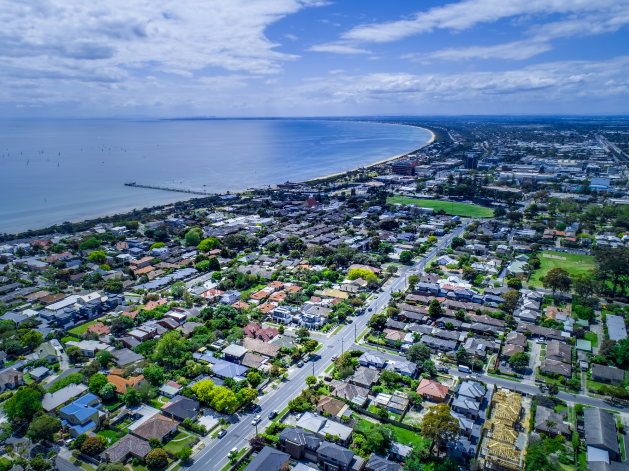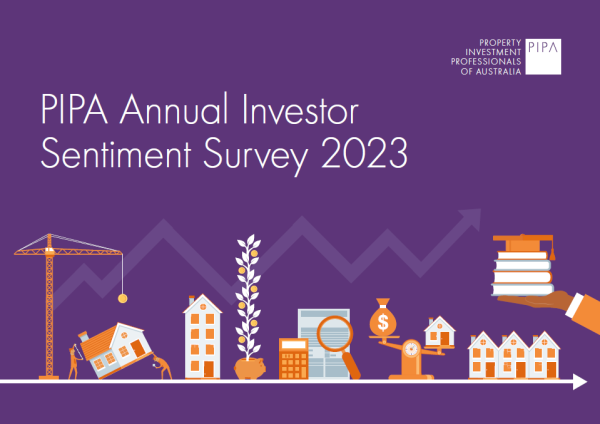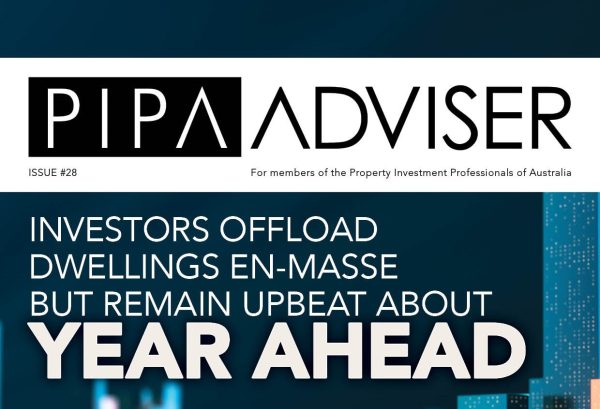Property taxes from the states are surging and there may be more to come
Jun 2024Karen Millers
Categories
Location ReportsMedia releasesNational market updatesPersonal advisersPIPA AdviserPIPA Annual Investor Sentiment SurveysPIPA Member ProfilesPIPA video updatesPIPA webinarsPodcastsProperty advisersProperty newsLatest Articles
As some investors decide to leave Victoria, first homebuyers are getting their foot in the door
Property taxes from the states are surging and there may be more to come
PIPA Member Profile | Margaret Lomas, Destiny Financial Solutions
Property investors are fleeing Victoria over soaring land taxes
The best property investment professionals recognised at inaugural awards
You might call it an ambush. Property investors thought they had escaped tax changes because Canberra never got around to cutting back negative gearing.
But investors were looking the wrong way. It is the nation’s state governments that plan to raise billions of dollars in revenue from property owners – and this year the worst fears that land tax would be the weapon of choice came to pass.
Earlier this week the Minns government in NSW hit investors with new land tax changes. As Nicola McDougall of the Property Investment Professionals of Australia responded: “I really wonder if the New South Wales government knows what it is doing here.”
It’s been over a year since Victoria became the first state to target property owners, and property investors have been leaving in droves ever since.
The numbers are compelling. Victoria unleashed an unexpected $5bn barrage or property taxes in its 2022 budget, with the sharpest move being a cut in the threshold for land tax payment from $300,000 to $50,000.
Now, two years later, Victoria is the worst performing property market in the nation; in fact, Melbourne is the only city where prices went backwards in the three months to June.
Even with a vacancy rate across Melbourne close to 1 per cent, higher lending rates and more recently higher taxes are colliding to make property investment all too difficult.
In short, Victoria is now being denuded of investment funds. Only 30 per cent of buyers are investors in Victoria, whereas it is closer to 40 per cent in other states.
Investment money is transient in so far as it moves where investors believe they will make the most money.
The NSW tax move is one with a twist. Unlike Victoria, it did not actually cut the entry threshold for paying land tax. Instead, the Minns government is freezing the indexing of land tax.
In not allowing for inflation increases, the state government’s freezing of the threshold will raise $1.5bn.
The Minns government strapped the indexing change to another property cost aimed at foreign investors, as the state’s foreign owner land tax charge also increased from 4 to 5 per cent.
The state of land tax
For property investors the NSW move on land tax means a lot more than just another measure by a cash-strapped state. It means the sudden end of a strategy which had been gaining momentum over the past year where investors were shopping in other states for better investing conditions.
More and more investors are willing to buy outside NSW as digital access and the presence of specialist buyers advocates on the ground make investing easier than it used to be.
Kitty Parker, a buyers advocate in Sydney, told the Money Puzzle podcast: “It’s the same again; they will say this change only affects a small cohort but of course these things have a ripple effect. Many Sydney investors will have to restructure debts in the future.”
The issue now is whether the two largest states trigger a snowballing effect where ultimately investors have nowhere to run.
Certainly, the combined move by NSW and Victoria means investors must read the fine print on land tax very carefully indeed.
At a glance, if you look at the PwC “land tax map” – the general land tax rates for different states – it all seems relatively simple with rates ranging from zero to 2.75 per cent.
But states have variations and scales for land tax. Victoria has the most variations depending on the nature of the owner and the value of land.
Crucially, what matters most now is the entry point at which you fall into the net for land tax – or the so-called “threshold”.
In NSW it is $1.075m which looks reasonable, except it is never going to change again, according to the Minns government.
In Victoria it is $50,000 which is as low as it gets in the market.
And in Queensland it is $600,000 which looks competitive but it has not changed for two decades. Besides that, the Queensland state Treasury will be watching their interstate counterparts closely.
The big picture suggests that state governments – if not acting in co-ordination – are definitely copying each other where state budgets couple the new property taxes with the provision of social housing.
And there is little to suggest the hunt for property-based revenue is going to stop.
As they play catch-up on the requirements for social housing and wider infrastructure demands, the state governments are now running up some of the largest deficits in the world. By 2028 the total Australian state debt is expected to treble the pre-Covid levels.
Meanwhile, the prospect for an interest-rate cut keeps getting moved further down the road – and part of the reason is the inflationary policy of state governments where, as ratings agency S&P warns, there is “waning financial discipline”.
Searching for the low-cost state
For investors the worsening outlook for states means the idea of shopping around for a lower tax jurisdiction anywhere in Australia is looking increasingly challenging.
The next largest property market after NSW and Victoria is Queensland
Queensland, along with Western Australia, has been thriving this year as investors get either priced out or spooked by regulatory risk among the bigger rivals.
Over the year to date, Perth dwelling values are up 22 per cent and Brisbane’s are up 16 per cent. In contrast, Sydney is up 7.4 per cent and Melbourne is looking at a measly 1.8 per cent (after a negative last quarter of minus 0.2 per cent).
Unfortunately there is little to signal the Queensland government is not preparing to do anything other than join the property tax pile-on.
Longer-term investors will not forget this is the same state regime which tried to pull in tax money from interstate investors a few years ago, attracting widespread criticism. The move was ultimately canned.
The reality is that Queensland has put its property tax plans on hold while it waits for the outcome of the forthcoming Queensland elections.
As Matthew Kandelaars from the Property Council of Australia says: “There is a terrific opportunity just now for a state to stand up and make the play to become attractive to property investors. Money will move to where it is most welcome.”
Which state might that be? The competition is hardly intense but investors still hope someone might come to the party. South Australia has been hosting investment conferences in a bid to attract property capital from the eastern seaboard.
University of Adelaide lecturer Peter Koulizos wrote recently: “If you’re interested in buying property in an area where the government is lending a helping hand to investors – not just first-home buyers – this might be the state for you.”
SA Premier Peter Malinauskas, the ball is in your court.
Originally Published: James Kirby, Wealth Editor | The Australian | 21 June 2024
“Licensed by Copyright Agency. You must not copy this work without permission.”




